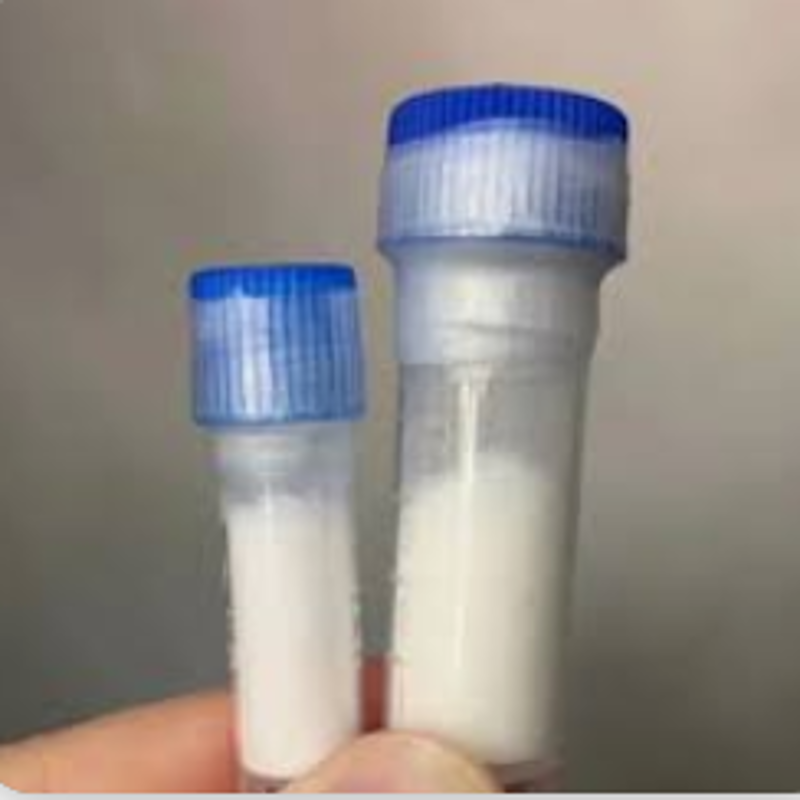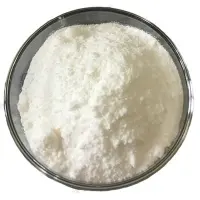-
Categories
-
Pharmaceutical Intermediates
-
Active Pharmaceutical Ingredients
-
Food Additives
- Industrial Coatings
- Agrochemicals
- Dyes and Pigments
- Surfactant
- Flavors and Fragrances
- Chemical Reagents
- Catalyst and Auxiliary
- Natural Products
- Inorganic Chemistry
-
Organic Chemistry
-
Biochemical Engineering
- Analytical Chemistry
-
Cosmetic Ingredient
- Water Treatment Chemical
-
Pharmaceutical Intermediates
Promotion
ECHEMI Mall
Wholesale
Weekly Price
Exhibition
News
-
Trade Service
October 1, 2020 // --- Protein misfolding and aggregation are common pathological characteristics of many neurodegenerative diseases, including Alzheimer's disease, Parkinson's disease, Kerja's disease, and Huntington's disease.
previous studies have shown that α synactin has prion properties, but it is not clear whether differences in α synactal nucleoprotein aggregates explain different pathological mechanisms.
recent study, Suzuki of TMIMS and colleagues elated a possible molecular mechanism to explain the different pathological characteristics caused by different α synactical nucleoprotein types.
(Photo source: www.pixabay.com) First, Suzuki and his colleagues prepared a recombinant α-synth nucleoprotein monosome, stirred it at physiological concentrations with or without salt, and produced two types of α-synth nucleoproteinogen fibers (-) and (-- both from the same monolith).
Next, they injected α-synactical nucleoprotein progen fibers (-) and α-synactal nucleoproteins (-) into the synths of wild mice, and a month later they examined the accumulation of phosphate α systotic nucleoprotein deposits, similar to those observed in the patient's brain.
They found that α-synth nucleoprotein progenior fibers (-) induced abnormal deposits of α-synactin in the brains of mice, while α-synactal nucleoproteins (-) induced phosphate α-synoprotein deposits were rare.
To further study the differences in pathological α-synaptic nucleoprotein aggregate formation in neurons, Suzuki and colleagues compared the ability of two α-synaptic nucleoprotein strains to induce seed dependence α-synaptic nucleoprotein aggregation in primary mouse cortical neurons.
they observed a sharp increase in the accumulation of phosphate α-synth nucleoproteins (-), while the accumulation of α-synactin progenic fibers (-) was minimal.
They also found that not only ubibinized α-synth nucleoproteins in cells treated with α-synth nucleoproteins (-), but other ubiallytinized proteins also accumulated, while there was no significant increase in the accumulation of ubibinized proteins in cells treated with α-synth nucleoprotein progenitic fibers.
Suzuki and his colleagues examined the activity of proteases in the presence of both types of α-synth nucleoproteinogen fibers and found that only α-synth nucleogen fibers (-) significantly inhibited protease activity in-body.
they also studied the interaction of 26S proteases with primary fibers and found that α-synth nucleoproteinogen fibers (-) precipitated with purified 26S protease complexes.
these results show that α synth nucleoproteinogen fiber (-) interacts with 26S proteases and impairs protease activity.
, Suzuki and colleagues wanted to clarify the structural differences α two types of synth-synth nucleoprotein primary fibers.
They studied the core regions and exposed areas of these α-synth nucleoprotein primary fibers and found that the core area of the α-synactin progen fiber (-) was smaller, while the core area of the α-synactal nucleoprotein primary fiber (-) was larger and extended to the C-end region.
this suggests that α-syngent nucleoprotein progen fibers (-) have amyloid structures and are more exposed to the end-C region than α-syngent nucleoprotein primary fibers (-).
, they believe α C-side region of the A-Synactrotein original fiber (-) may interact with and weaken its activity with the 26S protease.
the prion hypothesis, differences in disease symptoms and lesions are caused by differences in protein aggregate configuration.
Refore, if the α-synth nucleoprotein is viral, differences in the structure of the α-synactal nucleoprotein aggregate should cause differences in lesions observed in various α-synactical nucleoprotein diseases.
in the study, Suzuki and colleagues confirmed that two different structurally different α-synth nuclear protein strains caused different pathology, and they also found that these α-synth nuclear protein strains had different ability to inhibit the activity of 26S proteases.
notable finding in this work is that one of the original fibers of two different structures formed by the same monosome under different conditions inhibits protease activity, while the other does not.
this obviously increases the α of abnormally high-risk-synactal nucleoproteins that inhibit proteases in pathology.
(bioon.com) Source: Why do structural differences in α-synuclein aggregates cause different pathologies? Original source: Genjiro Suzuki et al, α-synuclein strains that cause distinct pathologies differentials, eLife (2020). DOI: 10.7554/eLife.56825.







